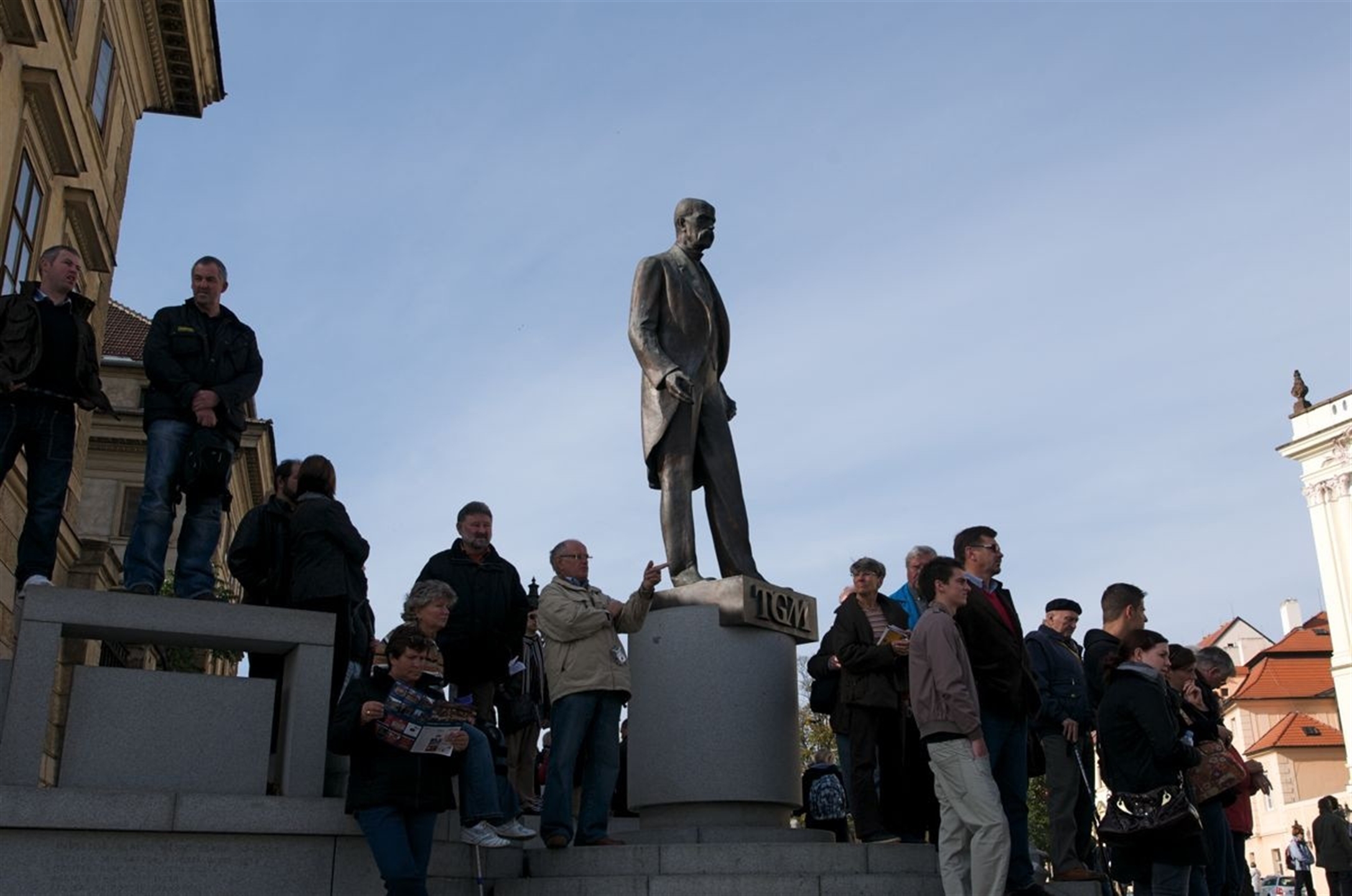The National Revival and the First Republic
Some of finest architectural pieces in Prague such as the National Theater, The Rudolphinum and the National Museum were built during the National Revival. This movement also launched distinguished Czech figures like Karolina Svetla, Frantisek Palacky and Josef Tyl. In the years before and during World War I, Czech politics were proactive and radically aimed at independence from Austria-Hungary. The independent state of Czechs and Slovaks was declared in Prague in 1918. President Tomas G. Masaryk led the First Republic (between World War I and WWII), which was a bustling period of transformation. It was a very bright period for business and culture; the Republic was one of the richest nations in the world. This historical period was complimented by the Art Nouveau movement, which brought a new style to visual arts and architecture in Prague. It was developed by a brilliant and energetic generation of artists and designers, Alfons Mucha (1860-1939) being the most distinguished Czech visual artist of the Art Nouveau movement in Prague. Art Nouveau designers believed Art should work in harmony to create a total work of art in buildings, furniture, textiles, clothes, and jewelry; all should conform to the principles of Art Nouveau.







